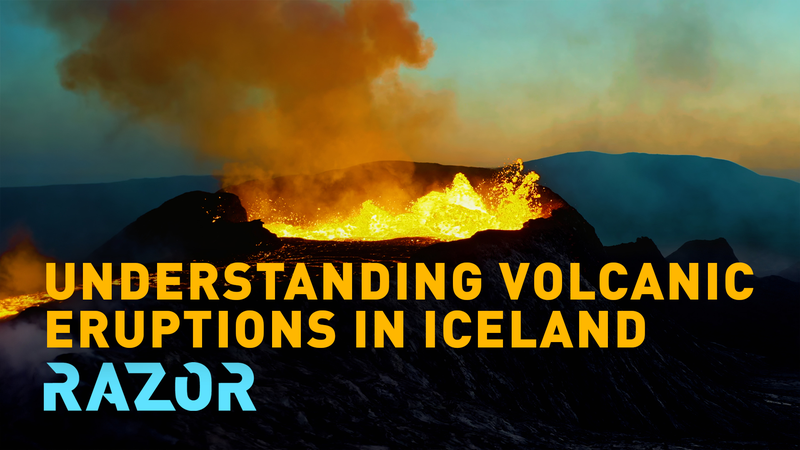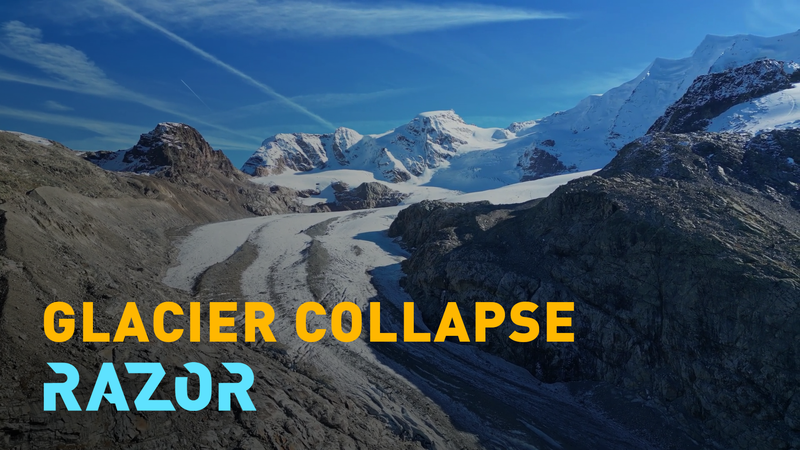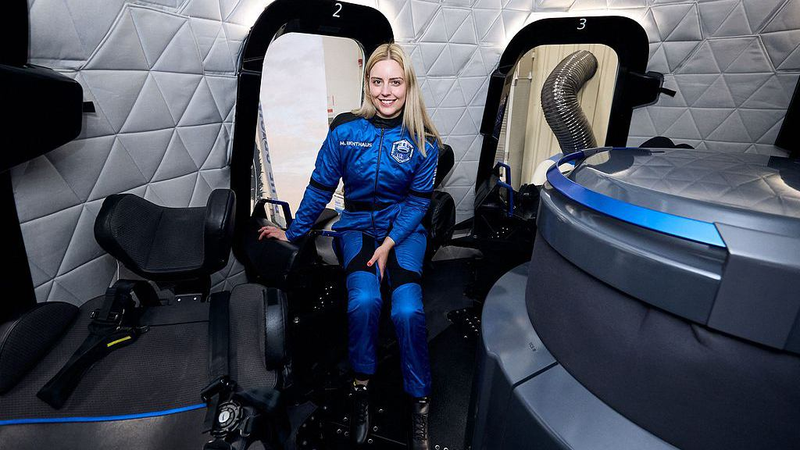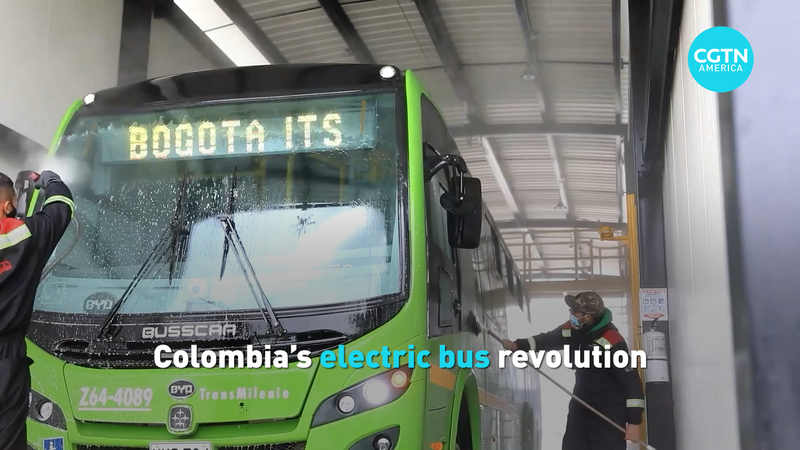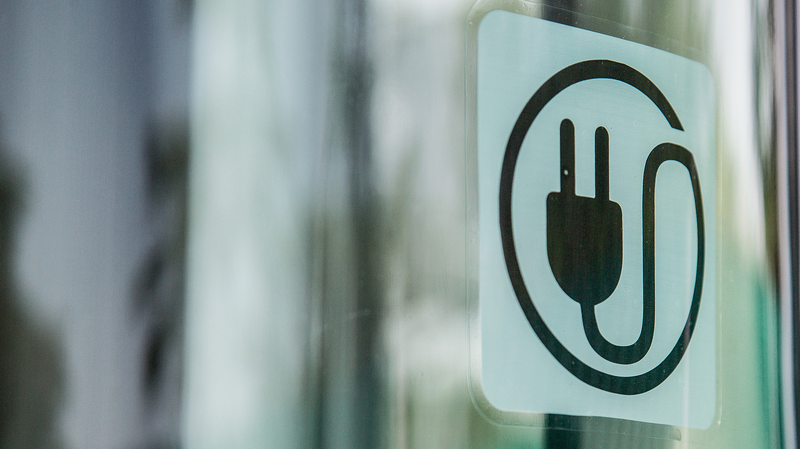Volcanoes are among Earth's most powerful forces, shaping roughly 80% of its surface. In Iceland – known as the land of fire and ice – this energy is on full display. Straddling the Mid-Atlantic Ridge, where the Eurasian and North American tectonic plates pull apart, the island hosts a theater of eruptions that redefine our understanding of Earth's inner workings.
At the Nordic Volcanological Centre at the University of Iceland, a team of volcanologists is racing to decode the current wave of activity on the Reykjanes Peninsula. After almost 800 years of dormancy since the Reykjanes Fires ended in 1240 AD, the region roared back to life in early 2021 – and has seen 11 eruptions since. For scientists like Professor Simon Matthews, each new fissure is a door into the planet's hidden magma highways.
When the ground trembles, Matthews heads straight into the field. He scoops up molten lava and chisels hardened flows, then returns to the lab to peer at these samples under electron microscopes. Ground into powder and chemically dissolved, the minerals reveal temperature, pressure, and chemical fingerprints – tiny clues that map what's happening miles beneath our feet.
Iceland's volcanic activity isn't just a natural spectacle – it's a massive renewable energy lab. Thanks to these underground heat sources, around 90% of Icelandic homes are heated and more than a quarter of its electricity comes from geothermal power. A lucky break at the HS Orka Svartsengi geothermal plant – serendipitously located next to the latest eruption zone – provided vital signals that helped forewarn scientists about the region's reawakening.
Further north, the bold Krafla Magma Testbed project aims to drill directly into a magma chamber, a world first. By tapping this blazing reservoir, researchers hope to supercharge geothermal energy and refine early-warning systems to mitigate volcanic disasters. The engineering challenges are immense – temperatures can exceed 1200°C – but if they succeed, the blueprint could be replicated in volcanic regions worldwide.
As Iceland's volcanoes continue their dance of fire and ash, the work at sites like Reykjanes and Krafla is more than pure science – it's a glimpse at how humanity can harness Earth's raw power for sustainable energy, foster safer communities, and even inspire adventurous travellers chasing geological marvels under the midnight sun.
Reference(s):
cgtn.com
